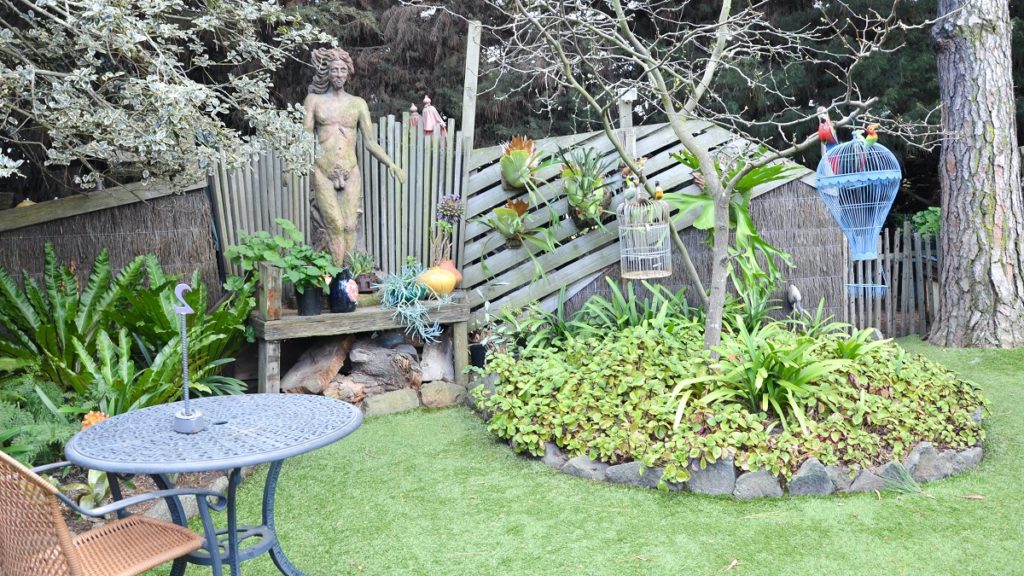Natural disasters are unavoidable. May it be rains, floods, or storms, the best we can do against it is to prepare for any emergencies it will cause. However, keep in mind that you should also be ready for the damage it will do to your home.
Besides your house exterior, your front yard is likely to suffer the most damage. Survey your home properly and evaluate what you need to repair and replace. You can pick up the pieces soon enough.
Here are a few guidelines for managing your yard after a natural disaster.
Inspect Your Plants
Check if your plants suffered any damage from heavy rainfall. A plant has the chance to get diseases from being placed in stagnant water. They will also become overhydrated, which can affect your plant’s growth negatively.
One of the diseases your plants can develop is root rot. It interferes with a plant’s oxygen production process, which causes it to wilt. Floodwater is especially dangerous since it contains bacteria and toxic materials that can damage your plants severely.
Drain the water by digging trenches. This will help the soil absorb the excess water faster. In the case of floodwater, however, you should remove it as soon as you can to minimize soil and plant contamination. If your vegetables become flooded, avoid eating any fruit that it bears for a while.
Recover and Replant

Besides flooding, extreme winds can harm plants by breaking their stems or, in worst cases, uprooting your plants entirely. While plant recovery is still possible, the chances depend on how much time has passed. Your odds are higher if you can tend to your plant earlier.
If the broken branch still has a small part attached to the plant, you can fix it by creating a makeshift splint for it and the plant. The plant will heal itself naturally over time. If the branch has been removed entirely, you can try splice grafting it to the plant.
Your lawn may be low maintenance, but it is certainly not invulnerable. Floodwater can also affect its growth. In some cases, the damage is irreparable, and you will need to replace it. If that happens, order an adequate supply of sod for your home in Salt Lake City.
Repair Your Yard
Your other yard fixtures might have been affected by the storm. For example, your pool water can be contaminated by rainfall and other debris. Clean out your pool and repair any damage to the tiles or adjacent patio – including your lawn chairs or umbrellas.
If you have a lightweight gazebo, it might have been blown away. Reinforce it by placing more weights and supports at the bottom. However, you might want to build a gazebo instead so that it can withstand any storm in the future.
Discard Waste
If your compost heap is contaminated by floodwater, you’re better off discarding it. That’s because floodwater contains toxins and non-organic material that will be detrimental to your compost’s decomposition process.
Store your compost in a sturdy container instead of maintaining it on your lawn. You can have better control over your composting conditions, such as humidity and water level.
Avoid focusing on what has been damaged or lost during the storm. What’s important is to look forward with a positive attitude to make your home recovery faster.

